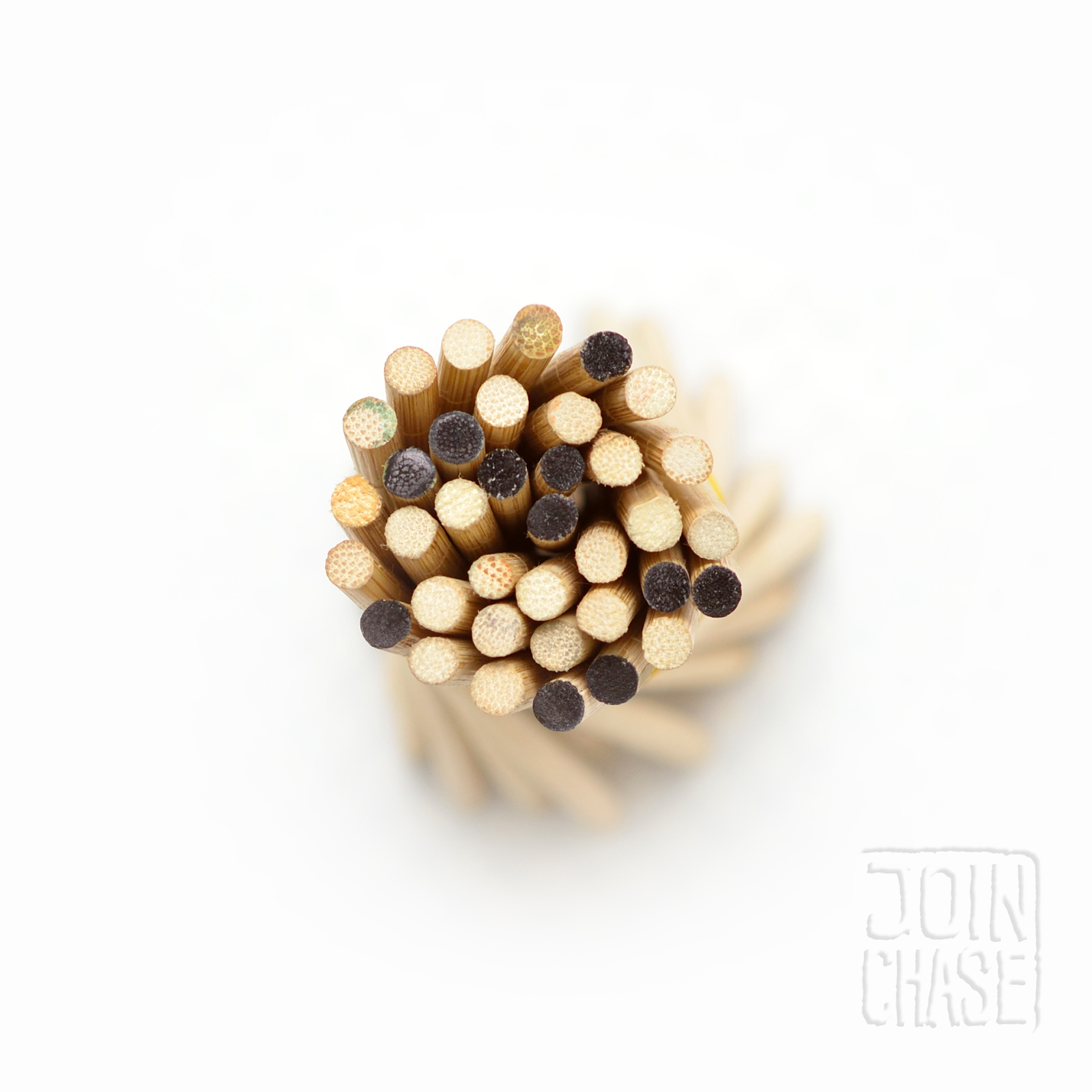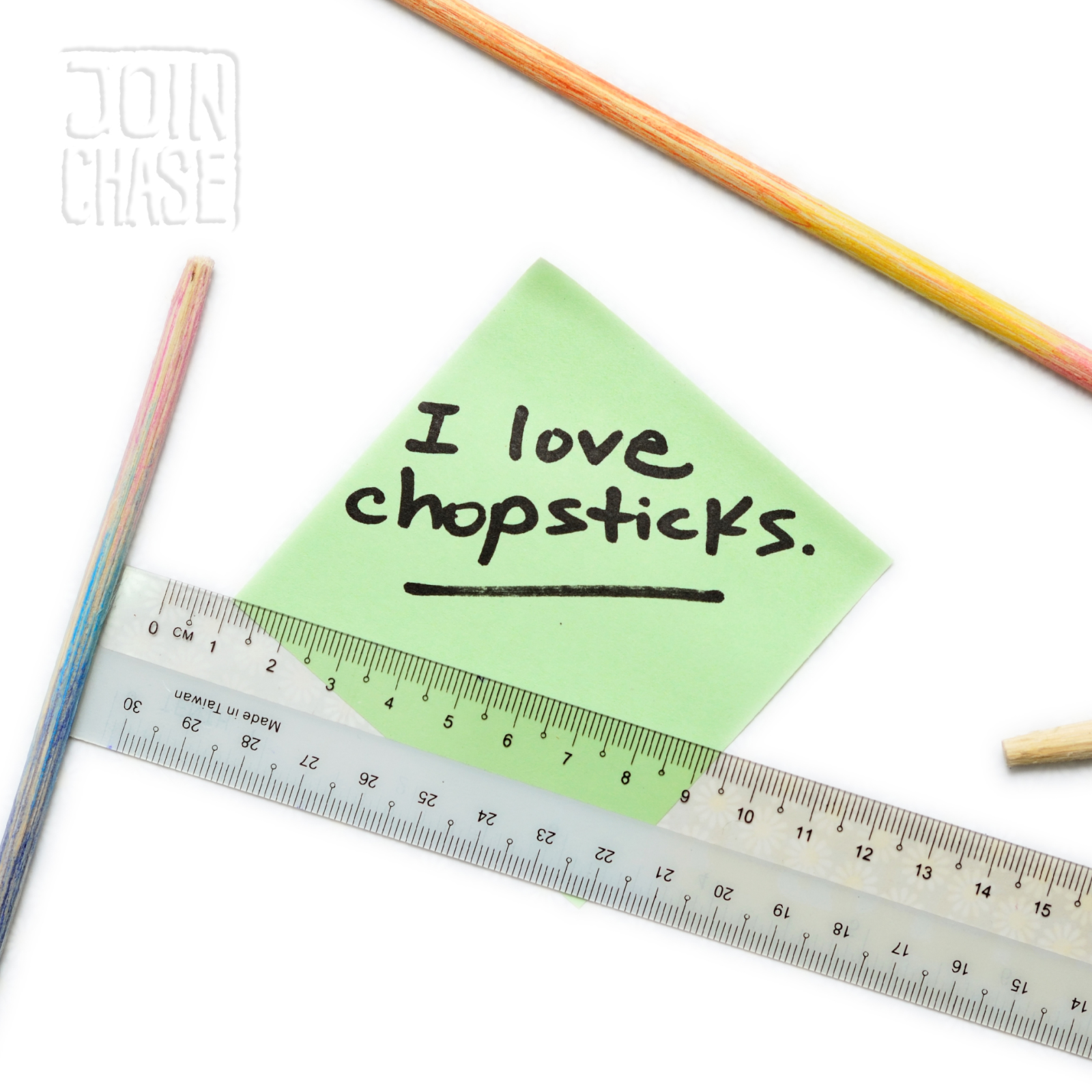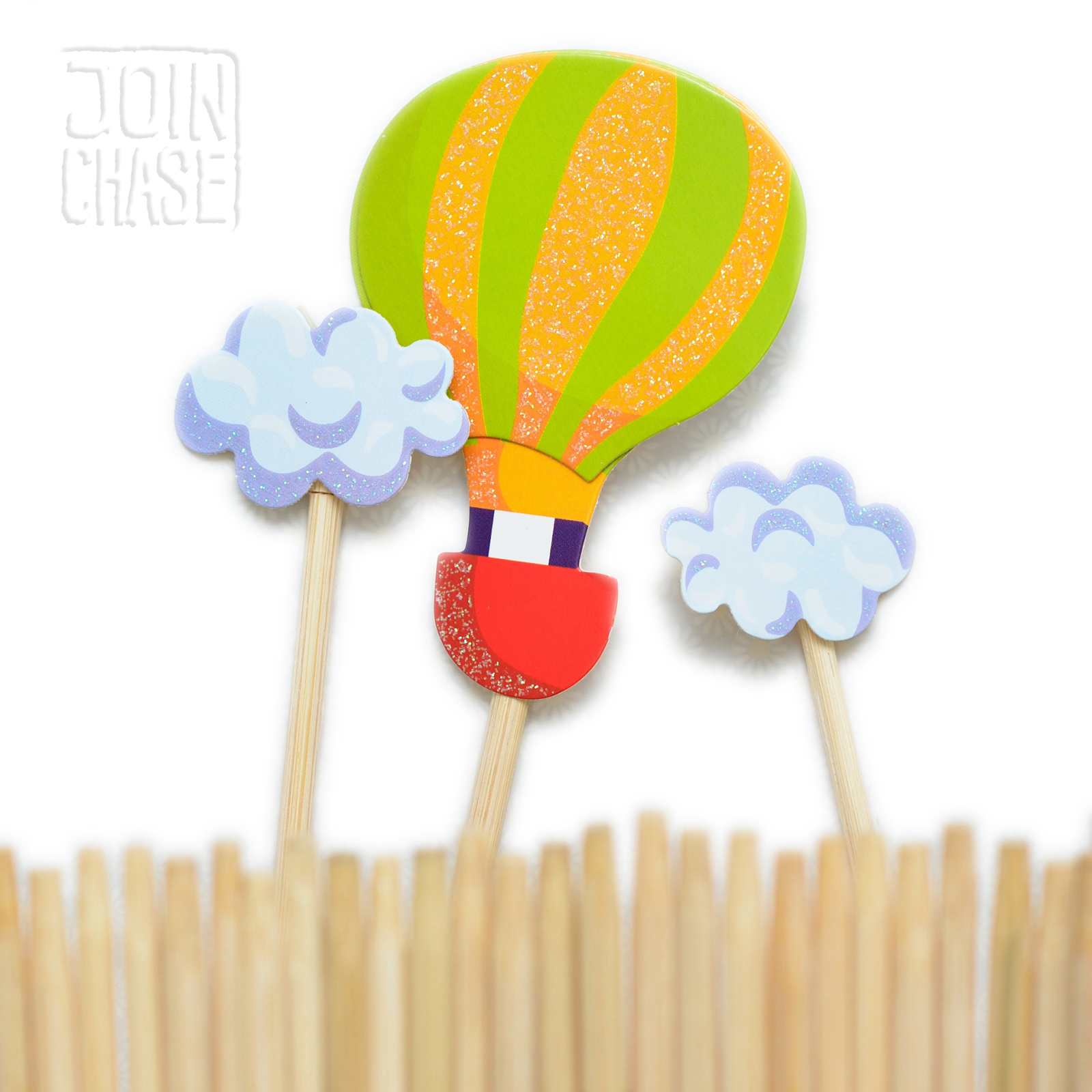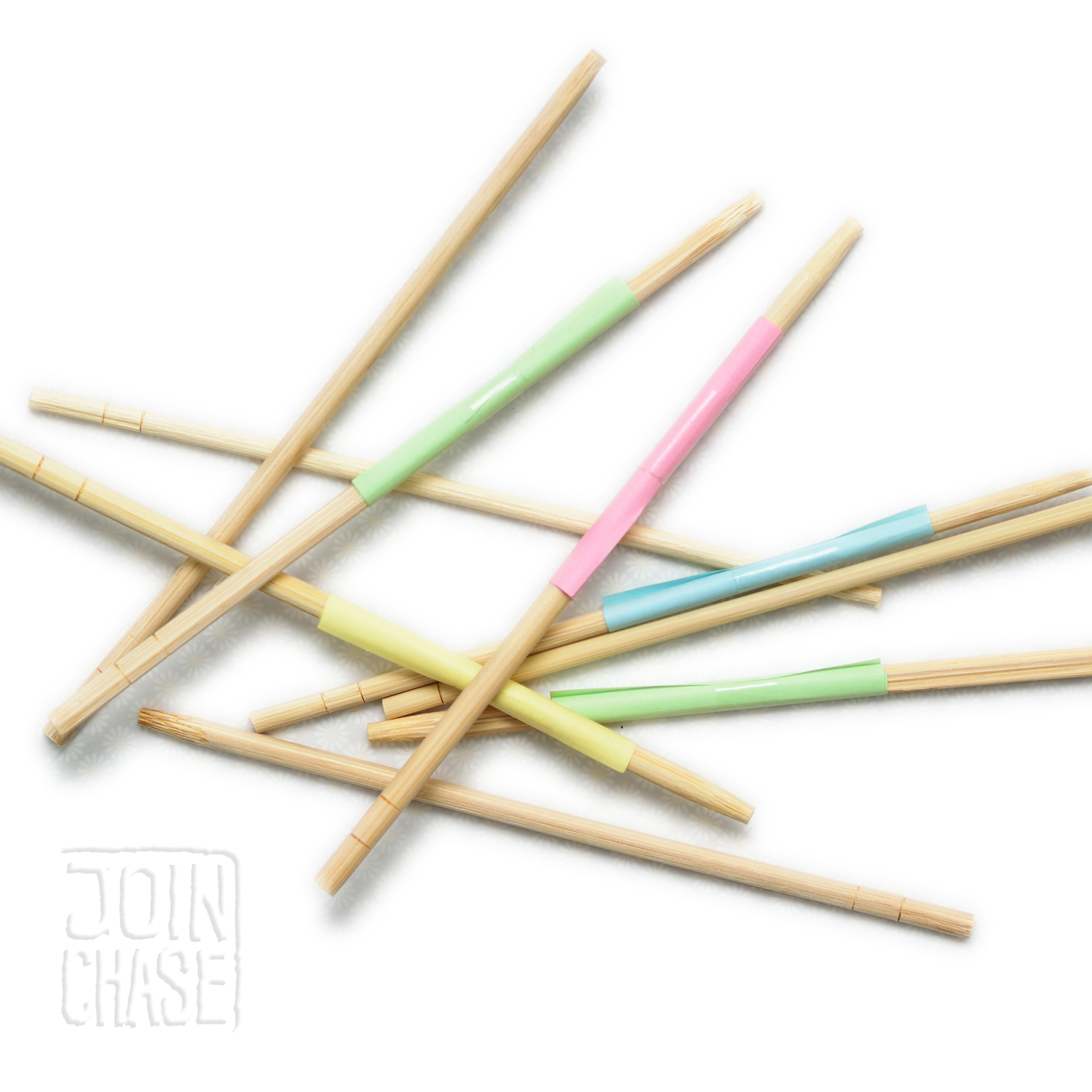11 Practical Uses for Wooden Chopsticks in the English Classroom
Wooden chopsticks are cheap and readily available throughout the world, especially in regions of Asia where the demand for English teachers is high. The versatility of such a plain tool is endless. Following are 11 practical uses for wooden chopsticks in the English classroom.
These ideas can be utilized in schools with a lack of materials, or incorporated into any lesson as an effective way to break away from the use of technology for everything. Most activities do not require students to know how to properly handle chopsticks.
Teaching Tools Made from Wooden Chopsticks
Asking for volunteers during an English lesson can be grueling. Most times students do not feel confident enough to speak in front of peers, or they are just too shy to participate. Coloring the ends of wooden chopsticks to randomly select students during class works well for just about any initiative.
Have students pick a chopstick at the beginning of class without even telling them why. When it comes time for individual participation, ask them to look at their chopsticks. Those with a particular color on the bottom get to ask or answer a question, or take the next turn in a class game. You can also use these to divide students in teams.
MATERIALS AND PREPARATION: Enough wooden chopsticks for every student are needed, as well as something to color some of the bottoms.
2. Create name pickers with wooden chopsticks to fairly call on students.
Creating name pickers with wooden chopsticks to fairly call on students during lessons also works well. Simply write a number on each chopstick, or the name of every student in a class. Let students pick them to call on their peers to add more excitement to the objective.
Attaching students’ photos to wooden chopsticks doubles as a way to put a face with a name. This works really well when teaching large classes, or if you happen to be instructing hundreds of students every week. Both scenarios are not uncommon for Guest English Teachers (GETs).
MATERIALS AND PREPARATION: One chopstick for every student in a class, as well as a pen or a marker is necessary. Photos and tape are optional. Write a number or the name of every student on each wooden chopstick. Fastening student photos with tape to the chopsticks is highly recommended.
Easy Wooden Chopstick Activities for English Learners
3. Get students to form English letters and spell words with wooden chopsticks.
This concept is perfect for children just beginning to learn the English language. Challenge a class to form English letters and spell words with wooden chopsticks. Students can do this individually, in pairs, or even in small groups depending on age and level.
Color the chopsticks to help beginners know which pieces should go together, and then allow them to figure out how to correctly place the sticks to form letters and short words.
TIP: Hide pieces of color-coordinated chopsticks around a classroom to make it more of an engaging hunt and spelling race for older kids.
MATERIALS AND PREPARATION: A pair of strong scissors (or a small knife or saw) to cut some of the chopsticks is needed, as well as coloring supplies.
4. Play Roll, Roll, Roll Your Wooden Chopstick (Gently Down the Floor).
It does not get any easier than this. Have students roll wooden chopsticks on a floor or table (flat surface) to see who gets the closest to an English letter, word, or expression on a piece of paper. Think Bocce without balls. Whoever gets the closest has to do, read, or say what is on the paper.
Split the class into teams, or allow students to play solo. Younger learners can color their chopsticks to make it more fun. Older students just need to be able to differentiate sticks after rolling them. Use a chopstick as a starting line, and let students take turns playing.
Offering an extra incentive such as a small prize or treat to aim for gets students even more involved. To remind children not to throw the chopsticks you could teach them the following adapted lyrics to the tune of Row, Row, Row Your Boat. Otherwise, expect to have wooden chopsticks flying through the air.
Roll, roll, roll your chopsticks,
Gently down the floor,
Merrily, merrily, merrily, merrily
English class we adore!
MATERIALS AND PREPARATION: You will need crayons, markers, pencils, or paint to color the wooden chopsticks, and pieces of paper with English expressions on them. Small prizes are suggested.
5. Use wooden chopsticks to make a puppet show.
Puppets are a great way to practice using English. Let students use wooden chopsticks to make a puppet show. Prepare scripts ahead of time, or allow groups to write their own depending on age and level. Youngsters mainly like this activity, but you might be surprised how much older students enjoy puppet shows, too.
MATERIALS AND PREPARATION: Anything from felt to stickers can be used to attach to the ends of chopsticks to make puppets. Paper creations also work well. Puppet theaters can be made out of a recycled box, a sheet or a blanket, lots of wooden chopsticks, or just have students sit behind a table or desk.
6. Play “Pick-up Sticks” with wooden chopsticks.
Similar to a game you may have played before, "Pick-up Sticks" with wooden chopsticks is good for any age. Split a class into small groups. One student in each group starts the game by dropping a handful of chopsticks on a table or floor. The chopsticks will end up in a pile.
Each student must remove a chopstick from the pile without touching or moving any of the other sticks. If a student fails, he or she loses their turn. The student(s) with the most chopsticks at the end of the game is the winner.
To give this classic an English twist, wrap pieces of paper around some of the chopsticks. Include short stories, key words, and questions for students to ask each other, or even clues for groups to solve a puzzle together.
MATERIALS AND PREPARATION: Make sure to have a bunch of wooden chopsticks for each group. Roll a slip of paper with an English expression around some of them. A piece of tape or glue will help hold the paper in place.
Advanced Activities for English Lessons Using Wooden Chopsticks
7. Have students work in teams to construct towers out of wooden chopsticks.
Having students work in teams to construct towers out of wooden chopsticks works better with older students and adults. Be even more resourceful, and only permit participants to use the plastic wrapper pairs of chopsticks usually come with to tie their towers together. Make it a friendly competition. Whichever team builds the tallest tower could win a prize. Encourage students to communicate using only English throughout the construction process.
MATERIALS AND PREPARATION: Give each group of students the same amount of wooden chopsticks, and various materials to build the tallest tower.
8. Poof! Turn wooden chopsticks into magic wands for skits or role-plays.
Use a glue gun, candle wax, or whatever resources are available to make a wooden chopstick look like a real magic wand students may have seen in movies like Harry Potter. Getting to have props for a skit or role-play makes it more entertaining. Who does not like to pretend they have magical powers?
Melting wax is a little messy and time consuming (not to mention dangerous for children to do on their own). But, glue guns are not always an option, especially in classrooms without electricity, and can be just as unsafe. Supervision is required for this craft.
Once the wax or glue has dried, students can paint over it to bring their magic wands to life. Instruct small groups of students to make their own role-play scripts while waiting for the paint to dry. If students are too young, or just beginning with the language, have scripts prepared for them.
MATERIALS AND PREPARATION: A hot glue gun, regular glue, or candles (for wax), paint, and wooden chopsticks are essential. Large sheets of plastic or paper to help prevent a mess is a good idea. Depending on the age of learners, it might be best to do the wax or glue part ahead of time. Students can simply paint their magic wands and practice performances during class.
9. Pass English expressions around a circle using wooden chopsticks.
This is the only activity students should know how to properly handle chopsticks, and is suitable for older students and adults. If your students have never used chopsticks, take the opportunity to teach them. Or, just enjoy watching them struggle to pass English expressions around a circle using wooden chopsticks.
Fold small slips of paper with English sentences on them, and have participants try to pass them around a circle using only wooden chopsticks. If a student drops the paper, he or she must do something with what is on it.
If learners can control chopsticks well, it might take a while for someone to drop the slip of paper. Timing the game is a great way to make it more thrilling. Whoever has the piece of paper when the time is up has to accomplish a task.
TIP: Instead of passing expressions around a circle, form teams, and have students pass the small pieces of paper in a relay-style race.
MATERIALS AND PREPARATION: Prepare slips of paper with English sentences ahead of time, place them in a container to pass, and ensure there are enough pairs of chopsticks for every student in a class. No chairs? No problem! Have students stand or sit on the floor.
10. Use wooden chopsticks to make S’mores during an English lesson.
S’mores are not common in many parts of the world, which means two things: you might have a hard time finding the correct ingredients to make them, and/or you might not know how to actually make them. Thankfully, they are a relatively simple snack to put together, popular in the United States.
S’mores are often enjoyed around a campfire. Having them as a special treat to pair with English lessons about camping, summer activities, storytelling, or cultural aspects of the USA works very well. They can also be featured in taste, smell, and texture units.
If making S’mores is not an option, or you think playing with fire in a classroom is a horrible idea, consider other easy-to-make snacks that could use a wooden chopstick for a handle. Fruit kebabs, popsicles (with access to a freezer), bananas drizzled in chocolate, caramel, and sprinkles are a few options.
MATERIALS AND PREPARATION: All you need are wooden chopsticks to serve as the roasting sticks, small candles for a “campfire”, biscuits like Digestives or “Graham crackers”, as well as marshmallows and chunks of chocolate. Split a class into small groups, or do this activity together to maintain proper management at all times.
TIP: If you cannot find any or all of the ingredients, chances are Choco Pies will be available. Cut the marshmallow center out of each one, have students roast them over the flame using wooden chopsticks, and then put the roasted marshmallow filling back between the chocolate-covered pieces. The key to making a delicious S’more is to get that slightly burnt flavor. And the gooier a S’more is the better. Students will definitely want “some more”.
11. Form an English class beatbox band using wooden chopsticks.
If you give a kid (or most adults) a wooden chopstick, they are probably going to drum on something, especially if you tell them not to. Use this fact of life to your advantage and form an English class beatbox band. Have a group of students come up with the rhythm using wooden chopsticks to beat various recycled containers, or items found around a classroom. Get another group to create lyrics for a rap. Allow classmates to teach each other each part, and then put on a show.
MATERIALS AND PREPARATION: Wooden chopsticks and various recycled materials such as tin cans and plastic tubs are crucial to create a beatbox band. Gather recyclables beforehand, or challenge students to find items around the classroom to drum. Desks, chairs, and chalkboards work just as well.
Being Resourceful in the Classroom is Enjoyable for All Involved
It seems the more resourceful I am forced to be in my lessons; the more enjoyable learning becomes for all involved in the process. When I have to creatively figure out how to use a limited amount of supplies, or work within the constraints of a tight (perhaps nonexistent) budget, imaginative ideas come to life.
Do you have any other practical uses for wooden chopsticks in the English classroom? Please share by commenting below! I am sure most of these ideas are not original, and all of them can be adapted to fit many different ages, levels, and topics. Basically, a wooden chopstick can be used for anything requiring a handle. Start from there and see where a little imagination leads you.












Well, this isn't just genius. No, it is.
ReplyDeleteAustin! Thanks so much for checking it out, and for taking time to comment. I hope you're able to use these ideas in some way.
Delete